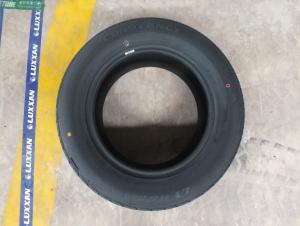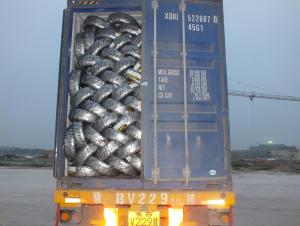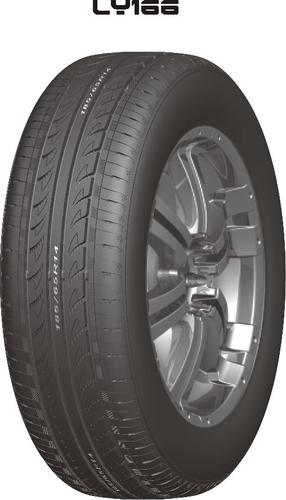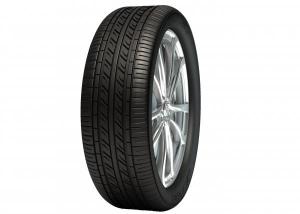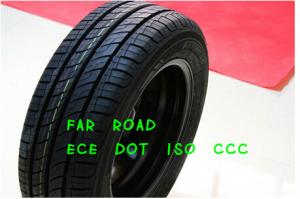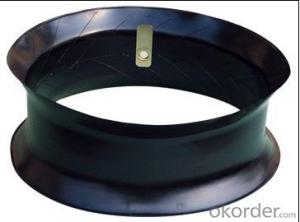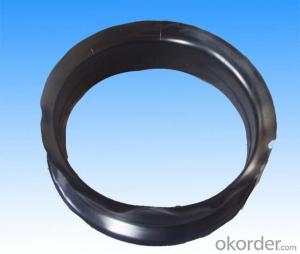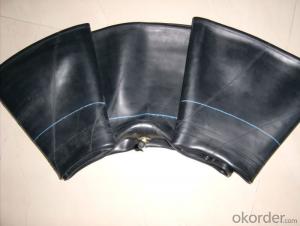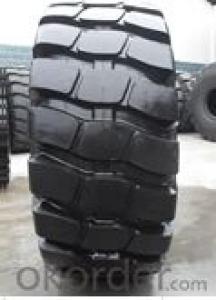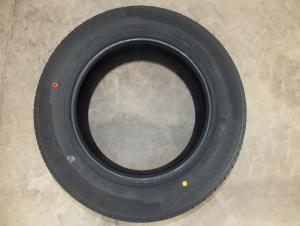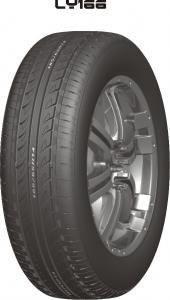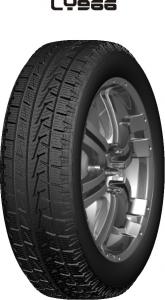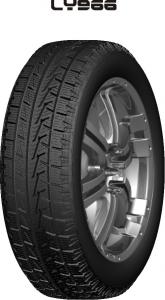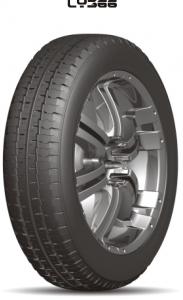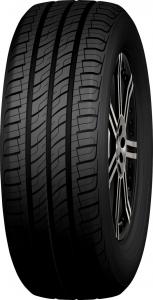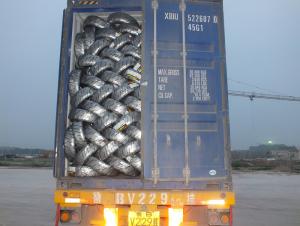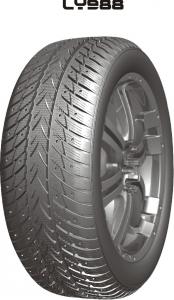Passager Car Radial Tyre 185/65R14 LY166
OKorder Service Pledge
Quality Product, Order Online Tracking, Timely Delivery
OKorder Financial Service
Credit Rating, Credit Services, Credit Purchasing
You Might Also Like
Size:185/65R14 LY166
Application:The tyre is used to Passager Car.
Pattern Characteristic:
1,Shark Fin Tread Pattern
2,The six horizontal steps equally distributed can effectively decomposs the pumping noise source,reduce noise,greatly promote the rigidity between the tread pattern blocks and eliminate sundries in the grooce.
3,Split Tyre Shoulder Block Design
4,Small Knurl Design on Side Wall of Groove
- Q: How do I change my tire in the rain?
- Home improvement stores, building suppliers. You need what is commonly called valley tin. Maybe get it from a roofing contractor? It is used to make flashing around chimneys and to flash roofs on additions to houses.
- Q: Car tires 100w 100y stands for anything
- The difference between 100W and 100Y is that their speed levels are different. W indicates that the acceptable speed limit is 270km / h. Y indicates that the acceptable speed limit is 300km / h.
- Q: The difference between car tires and truck tires
- What is the difference between truck tires and car tires? Car tires: tires mounted on the car, mainly for good road on the high-speed driving, the maximum speed of up to 240km / h or more, requires comfortable ride, low noise, with good handling and stability. More use of meridian structure. Truck tires are generally tires for trucks, dump trucks, all kinds of special vehicles and trailers. The road is more complex, with good asphalt road, there are poor gravel road, dirt road, muddy road, ice and snow road, and even no road conditions, driving speed is generally not more than 80km / h.
- Q: Classification of car tires Class C1, C2, C3, respectively, mean what?
- There are tires and tires in the model must be the same.
- Q: Whats the prons and cons of these tires? Do they do well in snow(light and deep), ice, wet, and mud?
- Depends upon the scale of the tire, size and weight of the vehicle, and what variety of using habits the motive force has. So, what measurement is the tire? What's the auto? And how and the place do you force?
- Q: I was talking with a friend and this came up...I know sounds silly but we get the wheel but why call it a tire???
- The earliest tires were bands of iron (later steel), placed on wooden wheels, used on carts and wagons. The tire would be heated in a forge fire, placed over the wheel and quenched, causing the metal to contract and fit tightly on the wheel. A skilled worker, known as a wheelwright, carried out this work. The outer ring served to "attire" the wheel for use, providing a wear-resistant surface to the perimeter of the wheel. The word "tire" thus emerged as a variant spelling to refer to the metal bands used to dress wheels.[citation needed] Tire is an older spelling than tyre[citation needed], but both were used in the 15th and 16th centuries for a metal tire; tire became the settled spelling in the 17th century. In the UK, tyre was revived in the 19th century for pneumatic tyres, possibly because it was used in some patent documents, though many continued to use tire for the iron variety. The Times newspaper was still using tire as late as 1905.[1] The first practical pneumatic tire was made by the Scot, John Boyd Dunlop, in 1887 for his son's bicycle, in an effort to prevent the headaches his son had while riding on rough roads (Dunlop's patent was later declared invalid because of prior art by fellow Scot Robert William Thomson). Pneumatic tires are made of a flexible elastomer material, such as rubber, with reinforcing materials such as fabric and wire. Tire companies were first started in the early 20th century, and grew in tandem with the auto industry. Today, over 1 billion tires are produced annually, in over 400 tire factories, with the three top tire makers commanding a 60% global market share.[citation needed] [edit] Chronology
- Q: What should you pay attention to when using car tires?
- Tire with the same vehicle should be equipped with the same specifications, structure, level and pattern tires; twins and equipment, also requires the same brand, in order to load, wear evenly; radial tire and oblique tire can not be mounted on the same axis, Can not be axle mounted radial tire, rear axle skew tire; rear axle skew tire, front axle with radial tires, will make the rear axle wear to speed up, resulting in insufficient steering or excessive steering, seriously affecting the operational stability of the vehicle , When the ground adhesion coefficient is low or the vehicle quickly turned, prone to the rear wheel from the ground or side slip and other dangerous; the same car tires to try to be consistent, different tire patterns, the performance of the vehicle have different effects; , The rear axle should use the same type of tread pattern; cargo vehicles usually use the vertical axis of the front axle, drive shaft selection of hybrid or horizontal pattern, which is conducive to the stability of the vehicle operation.
- Q: The tire says 35 pounds, and the door jam says 30 pounds
- The number on the tire (35psi) is the maximum cold pressure, the number on the door is the recommended pressure for the car. Don't go over 35, you risk tire failure, and don't go under 30 you will get bad tire wear. If it's only you in the car most of the time or you like a soft ride stick with the 30psi, if you have a heavy load or like a firmer ride the try closed to the 35psi. you could just split it with something like 33, that's what I do, I keep mine at about 34.
- Q: Is there anyway to prevent it? Does this happen to automobile tires too?
- hi you seem to have chalked out your to do list quite well. Do visit online portals for such help. One of them could be guest in italy, which helps in finding cheap accommodation in the main touristic cities of Italy. cheers jacob guestinItaly deals with Self-catered Apartments and BB, but we offer also a wide choice of Hotels
- Q: I bought a ‘97 Mitsubishi 3000GT with Yokohama tires. Apparently tho the tires were mounted backwards, i.e. the arrows on the tires showing which way the tire should roll when driving foward are pointing to the rear of the car instead of forward. This was pointed out to me by a mechanic also. So is this a big safety issue? I assume to change the tires back to the way they‘re supposed to be would make things worse? Thanks for any help.
- directional tires will not track properly in the wrong direction someone probably rotated them without thinking. just have them rotated back so they are in the right direction leftside to the right side and visa- versa
Send your message to us
Passager Car Radial Tyre 185/65R14 LY166
OKorder Service Pledge
Quality Product, Order Online Tracking, Timely Delivery
OKorder Financial Service
Credit Rating, Credit Services, Credit Purchasing
Similar products
Hot products
Hot Searches
Related keywords

